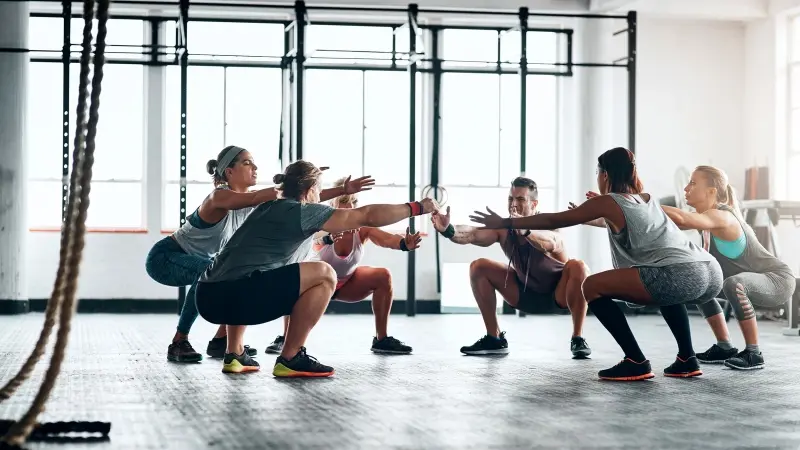The landscape of the fitness industry has changed drastically over the years. From a solitary pursuit focused on weightlifting and traditional cardio workouts, fitness has evolved to encompass a myriad of different exercise styles and methods, attracting diverse audiences. One of the most influential trends in the fitness world today is the rise of group fitness classes. This approach has completely transformed the way people think about exercise, making it a social, fun, and highly effective way to reach health and fitness goals.
The Evolution of Group Fitness Classes
The evolution of group fitness can be traced back to the aerobics craze of the 1970s and 1980s, spearheaded by fitness legends like Jane Fonda and Richard Simmons. These pioneers emphasized the importance of group participation in a supportive, motivating environment. Today, group fitness classes encompass a wide range of activities, from high-intensity interval training (HIIT) and spinning to yoga, Pilates, and dance fitness.
The Power of Community
The primary appeal of group fitness classes lies in the power of community. They provide a space where individuals can come together, work towards common goals, and inspire each other to push beyond their limits. The camaraderie developed in these classes often translates to motivation and adherence to a regular exercise routine, which are crucial elements for long-term fitness success.
Benefits of Group Fitness Classes
1. Structured Instruction
Group fitness classes are led by certified instructors who ensure each participant is performing exercises correctly and safely. Instructors also provide modifications for different fitness levels or for those with specific limitations. This instruction helps to reduce the risk of injury and maximize the benefits of the workout.
2. Motivation and Accountability
The group dynamic of these classes fosters a sense of competition and mutual motivation. Seeing others pushing their limits can inspire individuals to perform better. Furthermore, the act of signing up for a class and having a set exercise schedule can promote accountability, helping people stick to their fitness routines.
3. Variety
With a wide array of class types available, group fitness caters to diverse interests and fitness levels. This variety keeps workouts interesting and challenging, helping to prevent the plateau effect – a state where progress stalls after doing the same workouts over time.
4. Mental Health Benefits
Beyond physical benefits, group fitness classes also offer mental health benefits. Regular physical activity has been proven to reduce stress, anxiety, and depression. The social interaction in these classes can also boost mood and promote a sense of community and belonging, enhancing overall well-being.
Exploring Popular Group Fitness Classes
1. HIIT Classes
High-Intensity Interval Training (HIIT) is a popular fitness modality known for its effectiveness in improving cardiovascular health and metabolic function. These classes involve short, intense bursts of exercise followed by brief recovery periods. The intensity of the workout can help burn more calories in less time compared to traditional steady-state cardio.
2. Yoga and Pilates
Yoga and Pilates classes focus on mind-body connection, flexibility, and core strength. They offer a more relaxed and meditative approach to fitness, promoting stress reduction, improved posture, and overall body strength.
3. Spinning Classes
Spinning or indoor cycling classes offer a high-intensity, low-impact cardiovascular workout. Guided by a trained instructor, these classes involve varied intensities and paces, simulating different terrains and cycling experiences, while music and motivational coaching create an energetic atmosphere.
4. Dance Fitness
As discussed earlier, dance fitness classes like Zumba, Bokwa, or Hip-Hop Cardio combine dance movements with aerobic exercise, offering a fun, high-energy workout that helps improve cardiovascular health and coordination while burning calories.
Conclusion
Group fitness classes have revolutionized the way people approach exercise, transforming it from a solitary, often mundane task into a social, enjoyable, and motivating activity. By offering structured instruction, variety, and a sense of community, these classes enhance the fitness journey, making it more accessible and sustainable for a wide range of individuals.
Regardless of your fitness level or preference, there’s a group fitness class that can help you stay active, meet new people, and most importantly, have fun on your path to better health.




